Comprehensive Analysis of AGL's Legal Environment and Compliance
VerifiedAdded on 2020/06/05
|5
|817
|285
Report
AI Summary
This report provides an analysis of AGL's legal environment in Australia. It details the various approvals required, including Petroleum Exploration Licences (PEL), Review Environmental Factors (REF), Development Consent, and Environmental Protection Licences (EPA). The report examines the relevant acts and regulations, such as the Petroleum Act 1991, Environment Assessment and Planning Act 1979, Protection of Environment Operations Act 1997, Water Management Act 2000, Water Act 1912, and EPBC Act (Environment Protection and Biodiversity Conservation Act 1999). It highlights how AGL must comply with these regulations to ensure environmental safety and sustainable energy production. The report also emphasizes the importance of financial reporting in relation to legal compliance and strategic adjustments. The document references relevant academic sources and online resources to support its findings. This assignment is contributed by a student to be published on the website Desklib, a platform which provides all the necessary AI based study tools for students.
1 out of 5
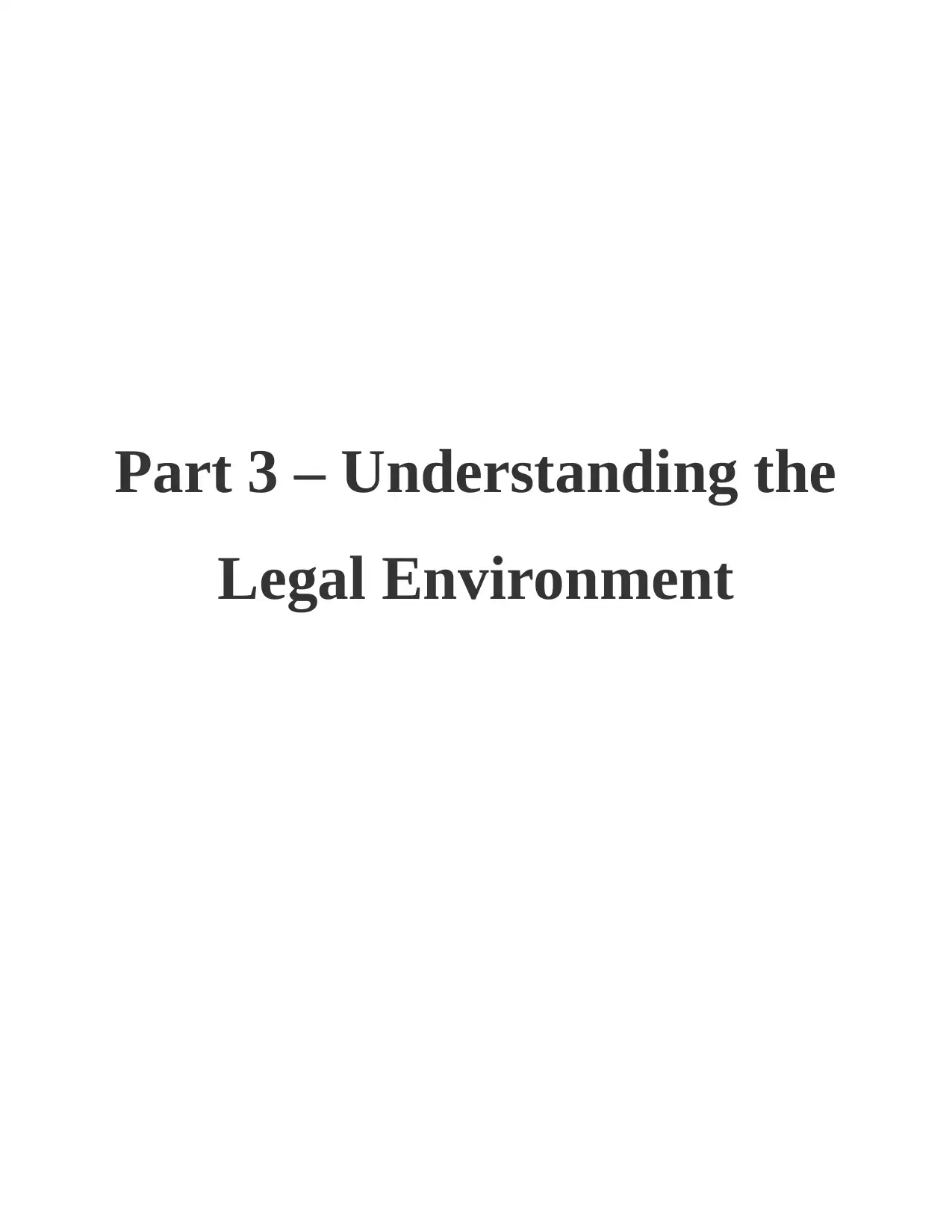
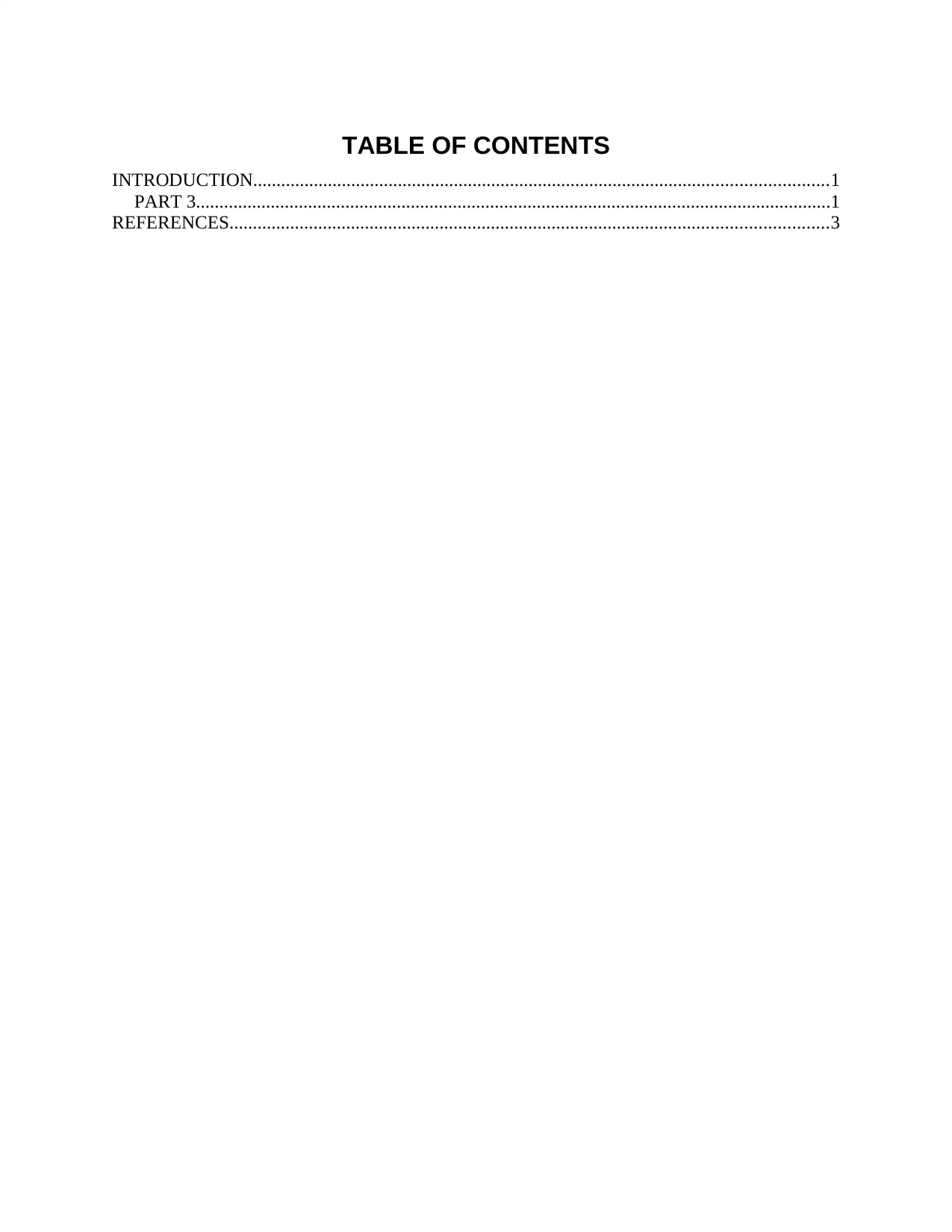
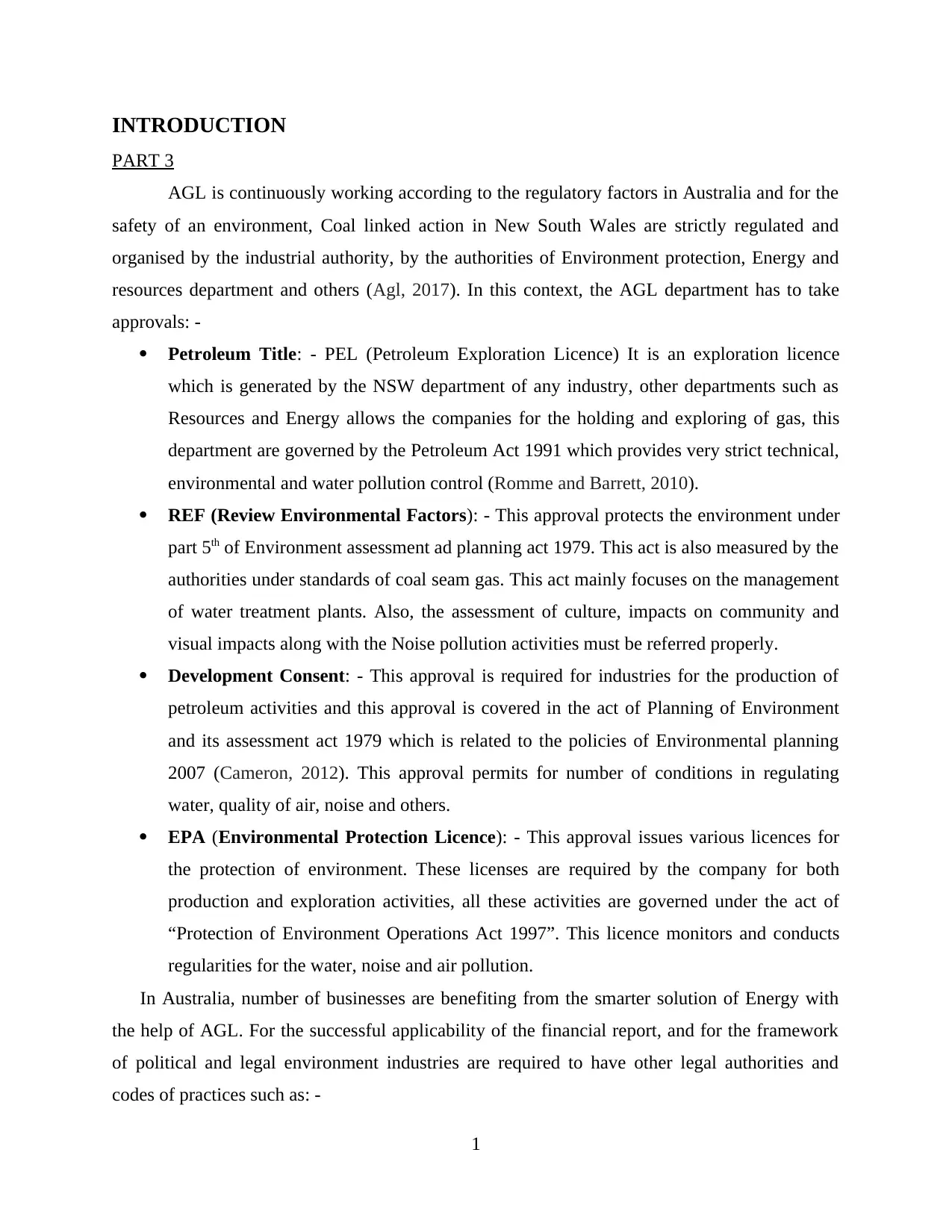

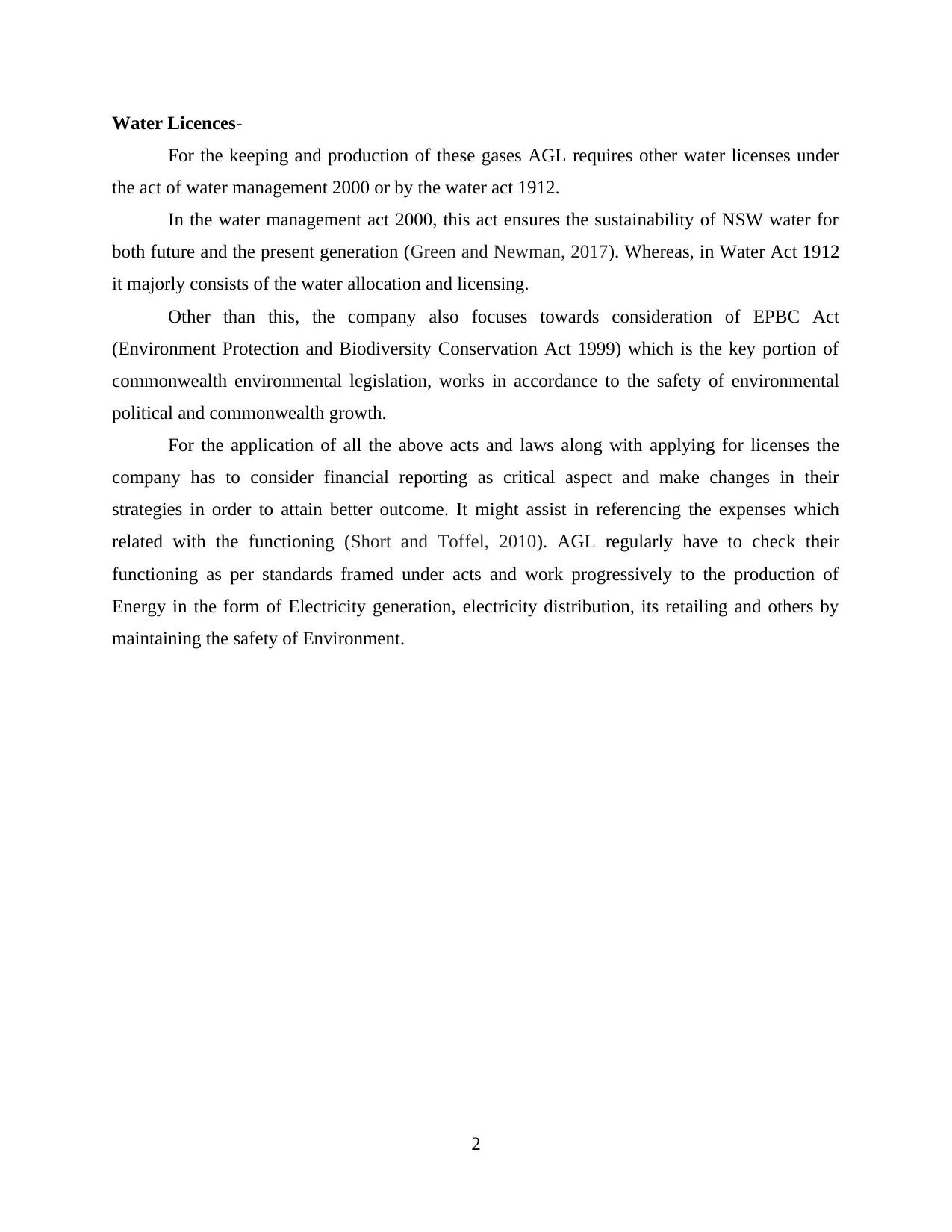
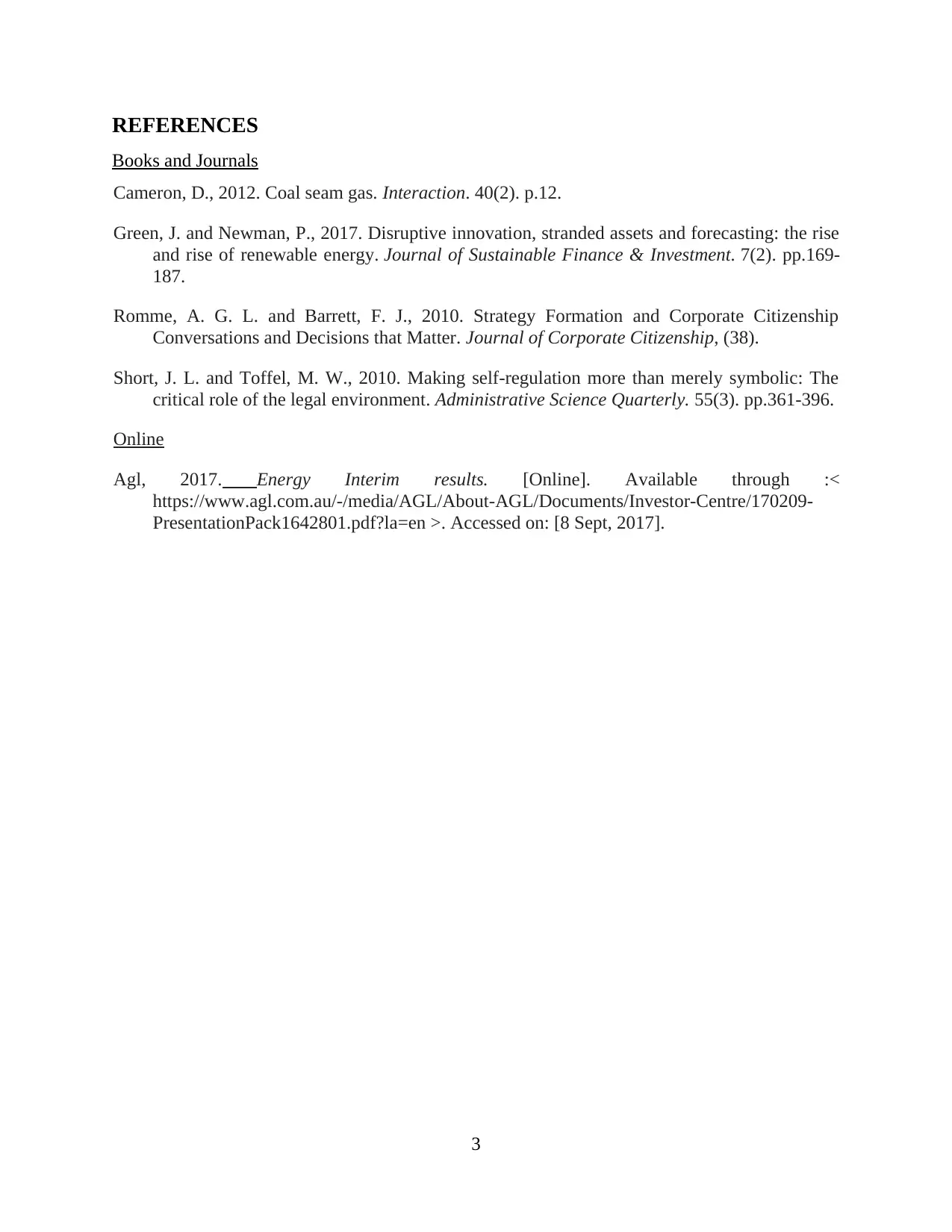






![[object Object]](/_next/static/media/star-bottom.7253800d.svg)